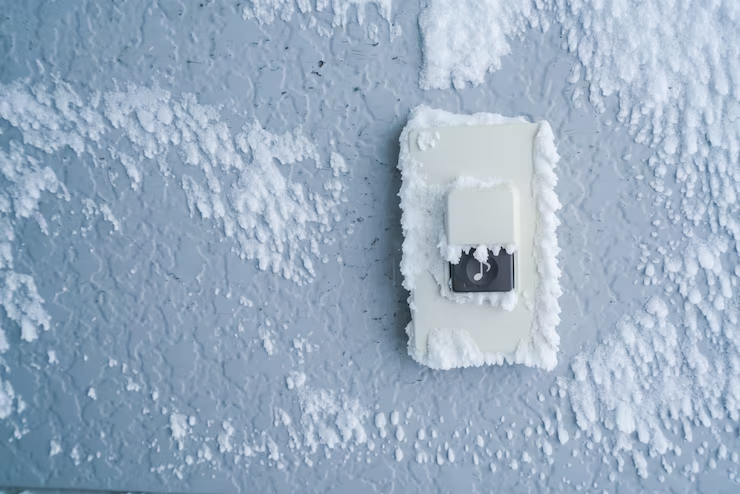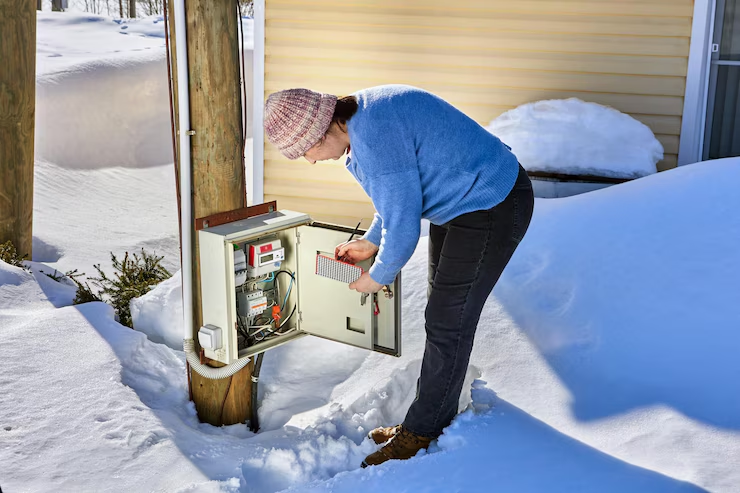In today’s fast-paced world, uninterrupted access to power is critical. Whether it’s for a business, hospital, or even a smart home, an uninterruptible power supply (UPS) plays a vital role. During emergencies, especially in harsh conditions like snowstorms, it becomes even more crucial to quickly snowbreak locate uninterruptible power supply units. This guide will walk you through everything you need to know.
What Is an Uninterruptible Power Supply?
An uninterruptible power supply is a backup power system that provides power instantly when the main source fails. It protects hardware and sensitive electronics by ensuring continuity. Moreover, UPS systems often include surge protection and battery backup.
Why Is It Essential During Snowbreak Situations?
During snowstorms or icy conditions, power outages are common. Locating your UPS swiftly ensures that vital systems like communication tools, heating systems, or medical equipment stay operational. Being able to snowbreak locate uninterruptible power supply units can make the difference between safety and disaster.
Common Types of UPS Systems
Standby UPS
This type provides backup only when a power failure occurs. It’s simple and suitable for home use.
Line-Interactive UPS
Ideal for small businesses, this UPS corrects minor power fluctuations without switching to battery.
Online UPS
Designed for critical environments, online UPS systems provide continuous power from the battery, even when the power is on.
When Should You Snowbreak Locate Uninterruptible Power Supply?
Before a Storm Hits
Always check your system before the forecast of a snowstorm. This preventive step ensures you are ready.
During an Outage
If the power goes out unexpectedly, snowbreak locate uninterruptible power supply systems to verify their operation and battery levels.
After a Power Surge
Even if the power comes back, surges can damage electronics. Confirm your UPS handled it correctly.
Steps to Snowbreak Locate Uninterruptible Power Supply in Emergencies
Step 1: Identify All Critical Devices
Start by listing all the essential devices that need backup power. This includes servers, modems, medical devices, or home security systems.
Step 2: Trace the Power Source
Follow the cords to determine which devices are connected to a UPS. Label each device if needed.
Step 3: Check UPS Locations
UPS units are often stored in:
- Data closets
- Basement storage
- Under desks or shelves Make sure these areas are accessible even during a snow emergency.
Step 4: Monitor Battery Status
Use UPS monitoring software or onboard indicators to check battery levels. Recharge or replace if necessary.
Step 5: Ensure Proper Ventilation
Avoid placing UPS systems near heaters or vents. Snowstorms can alter indoor climates, so ensure your UPS is not overheating.
Step 6: Test the Load
Use the built-in self-test feature on your UPS to make sure it’s operational. This step confirms whether the device can handle the load in a real outage.
Tools That Help Snowbreak Locate Uninterruptible Power Supply
Labeling Systems
Properly labeling wires and UPS units simplifies identification.
Mobile Apps
Many modern UPS systems come with mobile apps for monitoring. These apps can show battery health, load levels, and location.
Cloud Dashboards
For businesses, cloud dashboards provide real-time insights into multiple UPS systems.
Precautions to Take During Snow Emergencies
Keep Entryways Clear
Snow may block access to areas where UPS units are stored. Keep these paths shoveled.
Use Flashlights
Don’t rely on candles when searching for UPS systems. Flashlights are safer and more effective.
Watch for Moisture
Melting snow can create water hazards. Keep UPS units elevated and dry.
How to Maintain UPS Systems for Easy Location
Perform Monthly Checks
Schedule monthly inspections. Confirm that every system is working and in its correct location.
Update Documentation
Keep a physical and digital record of where every UPS is located. Include serial numbers and device connections.
Replace Aging Units
Older UPS systems may fail without warning. Replace them according to manufacturer guidelines.
Real-Life Examples of Snowbreak Situations
Hospital Backup During a Blizzard
A hospital in Minnesota avoided catastrophe during a power outage thanks to clear documentation and trained staff who knew how to snowbreak locate uninterruptible power supply systems.
Home Office Saved by Quick Action
One remote worker in upstate New York managed to keep working through a snowstorm by quickly locating their UPS and rerouting their devices.
Training Staff to Handle Emergencies
Conduct Regular Drills
Teach employees or family members how to identify and test UPS systems.
Create Emergency Plans
Include a step-by-step guide on how to snowbreak locate uninterruptible power supply units.
Assign Roles
Designate people responsible for checking and maintaining UPS systems.
Frequently Asked Questions (FAQs)
What if I can’t find my UPS during an outage?
Use your documentation and labeling system. If that fails, trace power cables to their sources.
Can I use extension cords with a UPS?
It’s not recommended. Extension cords can interfere with UPS function and cause safety risks.
How long will my UPS last during an outage?
It depends on the battery size and the power load. Always check the specifications.
Conclusion
Emergencies like snowstorms demand quick thinking and preparation. Knowing how to snowbreak locate uninterruptible power supply units ensures safety, continuity, and peace of mind. By following the steps outlined in this guide, you’ll be ready for any snowy situation that comes your way.
Stay prepared. Stay powered. Stay safe.



